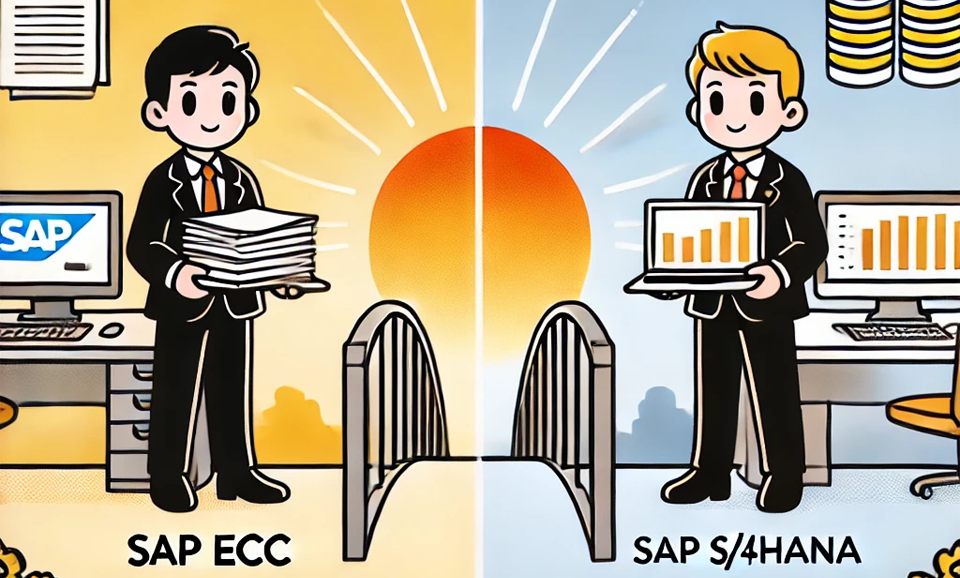
SAP ECC (ERP Central Component) has been a cornerstone ERP system for businesses worldwide for over two decades. As part of SAP’s Business Suite, ECC has enabled organizations to manage critical operations, such as finance, HR, supply chain, and logistics. However, as SAP shifts its focus to S/4HANA, ECC users must consider the implications for the present and future of this system.
SAP ECC’s Market Presence
Despite SAP’s emphasis on its newer S/4HANA platform, SAP ECC remains a significant player in the ERP market. Many large enterprises still rely on ECC to run their business operations, primarily because of its flexibility and long-standing customization. As of today, thousands of organizations across industries continue to use ECC, with many hesitant to migrate due to the costs, complexity, and time required for such a transition.
The Present State of SAP ECC
Currently, SAP continues to support ECC, but its future is on a clear path toward sunset. SAP has announced that mainstream maintenance and support for ECC will end in 2027, giving users a limited time window to plan their transition. Despite this, SAP is still committed to providing updates and support in the short term, helping businesses maintain their operations.
However, many ECC users face challenges in leveraging the latest technological advances, such as real-time analytics, artificial intelligence, and machine learning. ECC, designed for traditional databases, lacks the agility and processing power needed for these modern demands. Businesses using ECC are finding it increasingly difficult to keep up with the fast pace of digital transformation, as they miss out on the in-memory capabilities and simplified data models offered by S/4HANA.
The Near Future for SAP ECC Users
As 2027 approaches, organizations running ECC must prepare for the transition to S/4HANA or consider alternative solutions. Migration to S/4HANA is seen as a logical step for many, as it offers enhanced performance, real-time insights, and integration with future technologies. However, the migration process can be complex, requiring significant planning, investment, and time.
In the coming years, SAP will likely encourage ECC users to migrate by offering transition tools and services. For companies that need more time, SAP has introduced SAP S/4HANA Cloud as an intermediate solution, which allows businesses to adopt a hybrid model before fully committing to the newer platform.
Conclusion
SAP ECC has been a foundational ERP system, but its time is coming to an end. Organizations currently using ECC must begin strategizing for the future, particularly focusing on the migration to S/4HANA. As the 2027 deadline approaches, planning and early adoption will be key to ensuring continued success in a rapidly evolving digital landscape.
